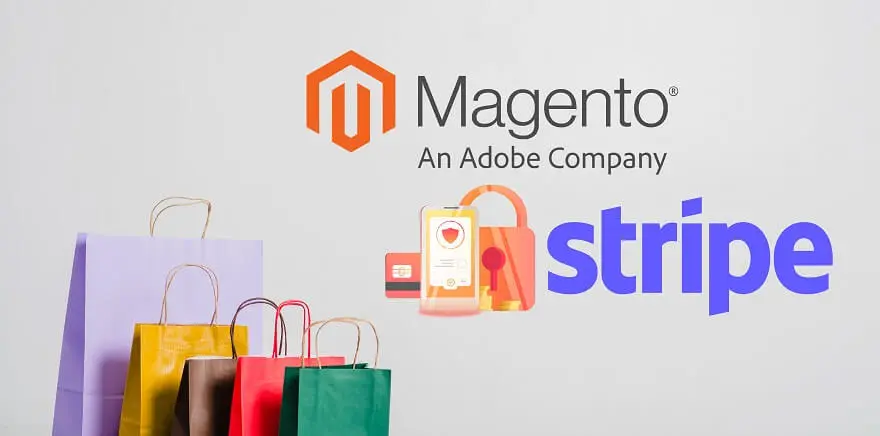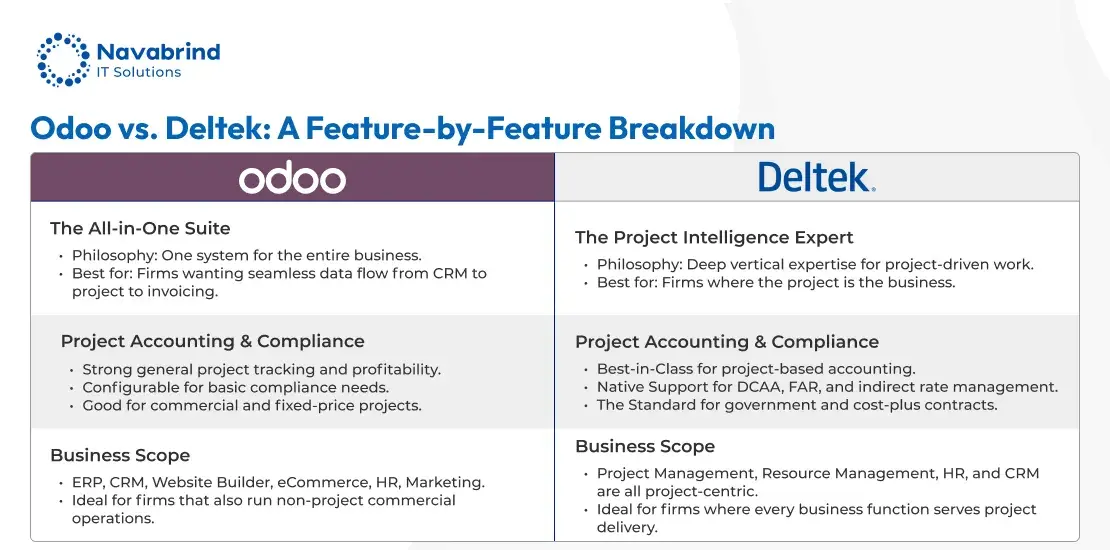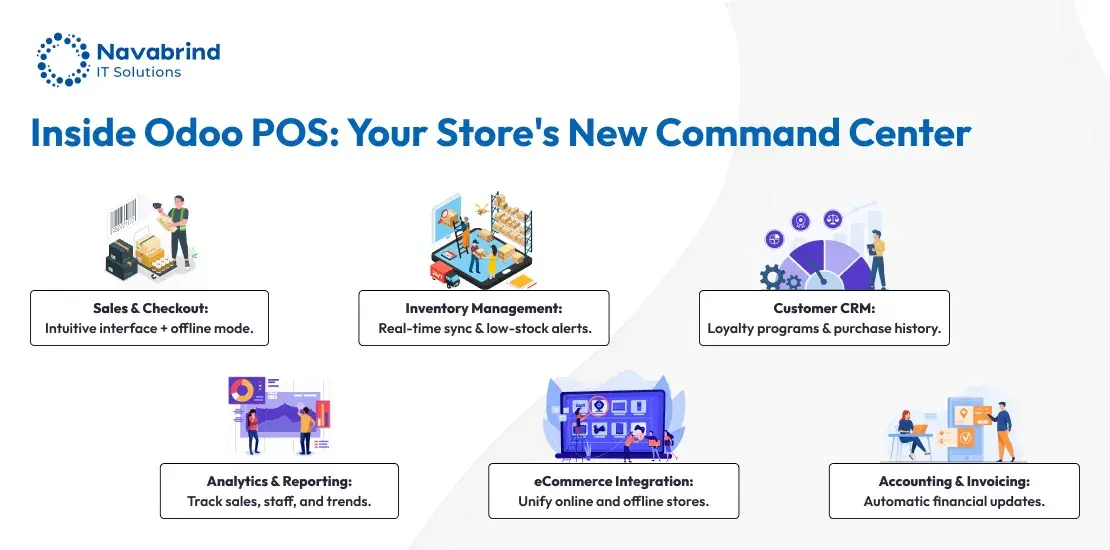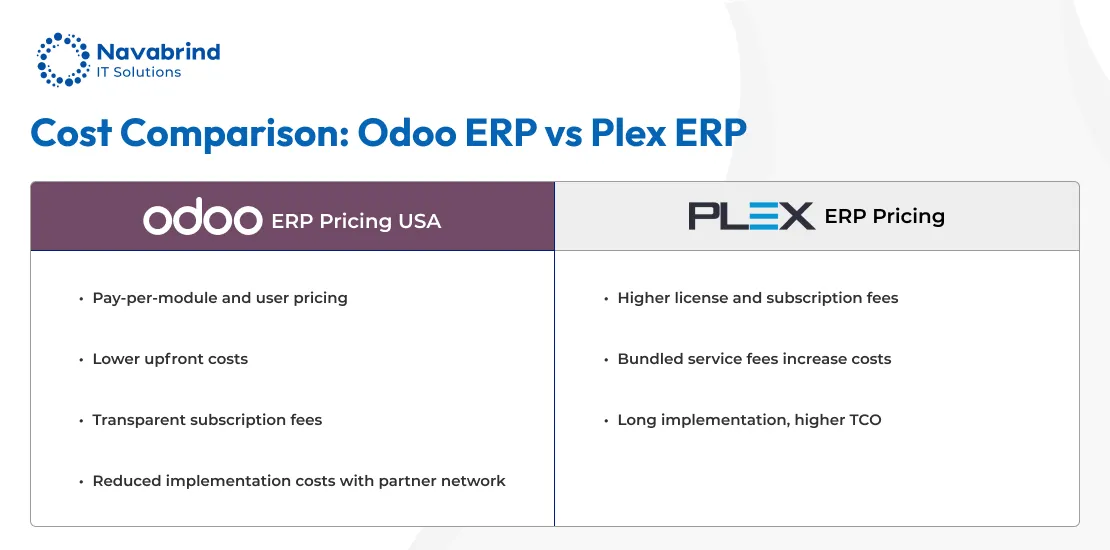Easy Steps to Integrate Magento with Stripe for Secure Online Payments
- February 22, 2025
- Posted by: Tony
- Categories: Blog, E-Commerce Development

E-commerce has become an integral part of the consumer’s life. Having a robust and secure payment gateway that facilitates making and receiving payments is crucial, and that’s where businesses in the industry leverage the Magento Stripe integration.
Ecommerce sites aspire to build customer loyalty and want to give their buyers the smoothest buying experience.
A payment gateway is a vital software interface between an e-commerce site, a financial institution, and the person making or receiving the payment. Choosing the safest and fastest payment gateway is thus an important decision.
There are several payment gateways, such as PayPal, Amazon Pay, Skrill, Stripe, and 2Checkout.
The recent past has seen the launch of numerous payment gateways as digital natives find it more convenient to engage in digital rather than cash payments.
E-commerce businesses can harness the many benefits of online payment by integrating one with their site. A Magento Stripe integration is rather common.
Overview of a payment gateway works
Once the customer begins the process of buying, they enter their credit or debit card details into the payment section, the payment gateway then sends a request to the bank or credit card company.
The buyers’ details are authenticated, the sufficiency of funds is verified, and the funds are deposited to the merchant’s account. Often these processes take just a few seconds. Sometimes, funds may be held by the payment gateway for a certain time if fraud or chargeback is suspected.
When choosing a payment gateway for your e-commerce business, you need to ensure that it has an extension and can be integrated with the platform your store is built on.
Next, you need to ensure it offers the following features,
- Ease and convenience of payment — the payment gateway should provide the API and make it easy to integrate with an e-commerce site.
- Fast payout — for the business to receive their payments in the bank at the earliest.
- Pricing model — compare fees and choose a gateway that suits your business needs. Each payment gateway has a different fee structure.
- Currency of transaction — ensure that the payment gateway facilitates transactions in the currency you expect your buyers to pay.
What is Stripe Payment Gateway?
One of the popular payment gateways is Stripe, a US-based payment gateway available in over 44 countries. The gateway supports all major credit cards and is widely used in Canada, Australia, and the United Kingdom.
Key reasons for its wide usage are the ease with which it offers the setting up of recurring payments and its trial period with delayed payments.
Here are the Key Features of Stripe
- Dynamic 3D security to protect payment information against fraud and hacking.
- Accepts payments and enables payouts in multiple currencies.
- Processes payments from a mobile wallet and other mobile phone payment apps.
- Processes payments from a digital wallet and other digital payment methods.
- Processes payments from multiple channels such as ACH, mobile, and e-commerce.
- Can rebill without storing card details
- Has a payment reminder system
- Integrates with PoS to process credit card and mobile payments within stores.
- Integrates with accounting software and ERP system.
- Provides 24/7 customer support via email, chat, phone, and social media.
- Offers a standard payout time of 2–7 business days.
- Enables users to offer their customers discounts and coupon codes.
- Does not have a refund fee.
- Offer businesses crucial analytics and insights on payment details through graphs and charts.
- Has two options for processing fees. Pay-as-you-go (different for European and non-European cards) and custom packages designed for each specific business. The pay-as-you-go model is popular amount e-commerce companies as there is no contract, and they can switch to a different gateway anytime they wish.
A more comprehensive list can be viewed on Stripes’ website >>
What are the benefits of using the Stripe payment gateway?
Stripe is used by millions of businesses in the e-commerce industry for the ease, security, and convenience it offers.
- Easy registration — the application process for Stripe is quick, and businesses can accept credit card payments within 5 minutes of registration. In contrast, getting a merchant account could take as much as a month.
- Highly stable — frequently update their features and functionalities, enabling users to access a robust payment gateway.
- Transparent fee structure — Each package has a different transaction fee structure, no hidden charges, and e-commerce businesses can view and choose packages.
- Reliable payment gateway — after PayPal, Stripe is a highly recognized payment gateway. Stripe has security features, such as TLS (SSL), encryption, and Stripe Radar anti-fraud service.
- User-friendly interface — is intuitive for businesses and consumers, its features simplify entering payment data and offer a smooth checkout.
- International online platform — processes currencies and credit cards from various parts of the world, it also works with several payment methods, such as mobile.
- Ease of customization — has an API that is available with extensive documentation. Developers can thus set up this payment gate and integrate it with speed. Stripe also enables developers to edit the UI of the payment process.
- Integrates with online and in-store PoS — for businesses that want to use a single payment gateway for both physical and digital stores.
You can also read this blog post, “How to Set Up PayPal Payment Method in Magento” >>
Integration of Magento 2 Stripe Extension
Used by millions of e-commerce businesses, Magento is a feature-rich, secure, highly customizable e-commerce platform that delivers omnichannel experiences to B2B, B2C, B2D, and other customers.
A couple of reasons Magento 2 users integrate with Stripe is, that the Stripe Payment extension does not redirect customers to an external page.
Second, when e-commerce stores seek to deliver an omnichannel experience, retaining the customer on the store site increases the conversion rate and facilitates continued shopping.
Features of Magento 2 Stripe Extension
Though Magento 2 has a payment gateway, most e-commerce businesses find it basic and unfriendly. This leads many to adopt a different payment gateway such as Stripe for its user-friendly interface and ease of deployment.
Another reason for businesses to adopt Stripe is its easy single-click checkout.
Customers can choose the currency they want to pay in, and the Stripe gateway accepts all major credit cards.
E-commerce businesses can access real-time information on transfers, refunds, fees, and insights into their finances.
Stripe Sigma consolidates financial data and analysis to create user-friendly reports.
Depending on the e-commerce business, Stripe lets users set up a subscription payment model and even charge by the day. The feature can be launched in minutes on the Stripe dashboard.
For start-ups in the US, Stripe Atlas enables the registration of a C Corporation in Delaware and the opening of a U.S. business bank account, with speed.
The tool also helps founders obtain a US Employer Identification Number and complete legal documentation with ease.
For businesses with a marketplace, Stripe Connect lets users make payments and better manage their funds. Stripe Connect has three offerings namely,
- Standard, where users can create an account on either the marketplace app or on Stripe to manage the payments.
- Express has a few features of both the Standard and Custom option and can be tailored to the users’ needs.
- Custom allows e-commerce developers to customize the Strip platform to suit individual business needs.
A step-by-step process for installing and integrating Stripe and Magento 2
One of the reasons for Stripes’ popularity as a payment gateway is its ease of installation on Magento 2. Here is a step-by-step process of how an e-commerce business can engage in an installation.
- Download the Magento 2 Stripe extension from GitHub.
- Access the web server directories of your website. (If the website is not on a server, prioritize taking the website live)
- Upload the Stripe extension source files to the Magento root directory. Developers can use the directory structure as shown in the image below,
public_html > app > code > Pmclain > Stripe
- Run the following commands and complete the Magento Stripe extension installation.
- Begin configuring the Magento 2 Stripe extension by going to the STORES section. Click on Configuration. Expand Sales, click Payment Methods, and select Stripe as shown in the image below.
- Next, create an Account for the Magento 2 Stripe extension, if you don’t already have one.
- After you have registered your account, sign in and access your API key.
- Next, click Developers > API keys on the left menu to get the Publishable key and Secret key as shown in the image below
- Next, configure the Stripe extension on the Magento store by logging into the back end of the Magento store. Change Enabled to Yes and enable the Stripe module for online payments.
- To charge the customer’s credit card immediately after they place their order, select Authorize and Capture in Payment Action. To process the payment later, select Authorize Only. This verifies the order amount on the customer’s card and lets the e-commerce business receive the payment later by issuing an invoice.
- Define New Order Status as Processing or Suspected Fraud.
- Set the payment method Title, to display on the checkout page.
- Test the payment process by selecting Yes in Test Mode. Once the payment process is tested and all seems to work well, this feature is to be changed to No.
- Enter the Secret Key and Publishable Key that you received at the time of creating the Stripe account as shown in the image below.
- In the tab titled Accepted Currency, define the default currency in which you want to accept online payments.
- In Credit Card Types, select the card type through which you would like to accept payments.
For security purposes, set Credit Card Verification to Yes. - Select Yes or No for the Debug option from the drop-down menu as shown in the image below.
- The Payment from Applicable Countries, by default, is set to All Allowed Countries. If your business can accept payments from specific countries only, select these in Payment from Specific Countries.
- Businesses can also offer their customers the option to store their credit card information by setting the Allow Stored Credit Cards option to Yes, as shown in the image below.
- E-commerce businesses can authenticate cards and curb fraud with the 3D Secure functionality offered by Stripe. This functionality shifts the liability to the authorizing bank in case a fraudulent card is used on the merchants’ website.
- In the Threshold Amount feature, users can set the minimum amount on which 3D Secure verification is required.
- In the Minimum Order Total option, businesses can set a limit on the minimum order. If the total of the order is less than the Minimum Order Total value, the Stripe module will not allow the payment to be processed through the payment gateway.
- In the Maximum Order Total, businesses can set the maximum amount for a transaction to be processed through Stripe.
- If there are multiple payment methods enabled, businesses can set the Sort Order of the payment at the checkout page as shown in the image below.
- Once the Magento Stripe payment method is configured, review all the settings a final time before clicking on the Save Config button at the top right corner.
- After the setup is launched the payment gateway will be visible on the checkout page of your e-commerce site.
Navabrind IT Solutions can help you integrate Magento 2 with the Stripe Extension
Are you setting up an e-commerce website and need to integrate your Magento 2 with a payment gateway like Stripe? Reach out to Navabrind IT Solutions for your Magento Stripe Integration. With over a decade of experience delivering world-class e-commerce technology solutions, we have helped start-ups and large enterprises adopt turnkey solutions.
Our cross-industry experience enables us to work with little guidance, and our 100-strong software developers are known to deliver thoughtful solutions. Over the years, we have delivered world-class e-commerce technology solutions to Retail, Fashion, Grocery, Automotive, Healthcare, FMCG, Manufacturing & Distribution industries, and other industries.
We work with transparent processes, are super responsive, offer cost-effective solutions, and deliver within time and budget. Our customers say that our work most often exceeds their expectations.
You can partner with us for project-based services, sign up for a retainer, or engage with us on technology-specific assignments. Some of our clients also partner with us on duration-specific projects such as quarterly, half-yearly, or yearly. Irrespective of what you sign up for, we are deeply committed to maximizing your investment and ensuring your Magento Stripe integration is robust and working seamlessly.
Reach us to learn more about our expertise in implementing the Magento 2 Stripe Extension or to begin a conversation about your needs.
Related Articles
-
Post
Odoo ERP vs. Deltek – Which ERP Fits Your Architecture, Engineering, Construction, or Consulting Firm?
Odoo ERP vs. Deltek – Which ERP Fits Your Architecture, Engineering, Construction, or Consulting Firm? December 11, 2025 Posted by: Tony Category: Odoo ERP vs Deltek No Comments Why Architecture, Engineering, Construction (AEC), and Consulting Industries Need ERP Systems ERP systems have become indispensable tools for Architecture, Engineering, Construction, and Consulting firms, which handle multi-faceted -
Post
Streamline Your Store: A Deep Dive into the Odoo Point of Sale System
Streamline Your Store: A Deep Dive into the Odoo Point of Sale System December 5, 2025 Posted by: Tony Category: Uncategorized No Comments The Heart of the Modern Retail Experience Picture this: a customer walks into your store, finds what she is looking for and is ready to buy. Your online store just received five -
Post
Odoo ERP vs Plex ERP: Which Open Source Powerhouse Will Transform US Manufacturing
Odoo ERP vs Plex ERP: Which Open Source Powerhouse Will Transform US Manufacturing November 27, 2025 Posted by: Tony Category: Uncategorized No Comments As demand for cost-effective ERP solutions in the USA increases, businesses are turning to the best open source ERP software, Odoo ERP USA, for a flexible, scalable, and affordable approach to digital
How can we help you?
Get in touch with a solutions consultant that can share best practices and help solve specific challenges.
















